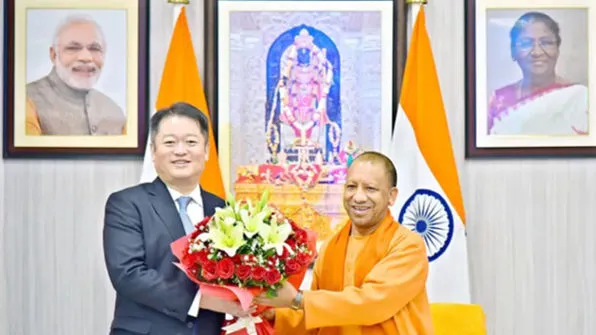As the only scheduled U.S. vice presidential debate approaches, all eyes are on Democrat Tim Walz and Republican JD Vance, who will face off in a 90-minute exchange on October 1. This high-stakes event, hosted by CBS News in New York City, is a critical moment for both candidates to bolster their respective party’s message just weeks before the November 5 election. With the absence of a live audience and strict ground rules, the debate promises to be a pure battle of rhetoric and personality.
Tim Walz: The “Regular Guy” With a Progressive Punch
Tim Walz, the current governor of Minnesota, has built his political career on a reputation as a relatable, “regular guy” who can connect with voters across the political spectrum. A former high school teacher and football coach, the 60-year-old Walz has portrayed himself as a grounded and approachable leader, in contrast to his opponent’s Ivy League-educated, Silicon Valley-funded persona.
Walz’s political journey began in a Republican-leaning congressional district, which he won before moving on to become Minnesota’s governor. Since taking office, he has championed a progressive agenda, advocating for policies such as free school meals, tax cuts for the middle class, and expanded paid leave for workers. These initiatives have solidified his standing among Democrats, while his pragmatic, down-to-earth style has helped him maintain appeal among moderate voters.
In the debate, Walz is expected to leverage his image as a folksy Midwestern leader to challenge Vance’s credibility. He has already taken jabs at his opponent’s bestselling memoir, “Hillbilly Elegy,” accusing Vance of profiting off a negative portrayal of rural America while distancing himself from the very community he claims to represent. At his first rally as Kamala Harris’s vice presidential pick, Walz humorously mocked Vance, saying, “Like all regular people I grew up with in the heartland, JD studied at Yale, had his career funded by Silicon Valley billionaires, and then wrote a bestseller trashing that community. Come on! That’s not what middle America is.”
Walz’s strategy is likely to include direct attacks on Vance’s positions and personal narrative, aiming to depict him as out of touch with ordinary Americans. Walz may also try to bait Vance into defensive responses, echoing Kamala Harris’s approach in her previous debates, where she successfully put her opponents on their back foot.
JD Vance: The Combative Outsider
JD Vance, the Republican vice presidential candidate and a U.S. senator from Ohio, presents himself as a defender of conservative values and a vocal critic of what he sees as the radicalism of the Democratic Party. Known for his aggressive rhetoric and willingness to tackle controversial issues head-on, Vance has made a name for himself as a fiery figure in Republican politics.
At 40, Vance is significantly younger than Walz, and his rapid rise in politics has been marked by his outspoken nature and willingness to court controversy. His memoir, “Hillbilly Elegy,” brought him national attention, offering a personal account of his upbringing in rural Ohio and the struggles faced by his community. However, his critics, including Walz, argue that Vance has used this narrative to distance himself from the very people he claims to advocate for.
In the debate, Vance will need to strike a balance between defending his record and staying on the offensive against Walz. He has a history of making inflammatory statements, such as referring to Harris and other Democrats as a “bunch of childless cat ladies” and making unsubstantiated claims about Haitian migrants in Ohio. These comments have drawn sharp criticism, but Vance has remained unapologetic, framing himself as a truth-teller unafraid to challenge the status quo.
Vance’s strategy will likely involve painting Walz and Harris as out-of-touch radicals whose policies are damaging to the country. He may also question Walz’s military record and attempt to undermine his credibility as a candidate. Recently, Vance accused Walz of avoiding deployment to Iraq and misrepresenting his service in the National Guard—a charge that Walz has refuted but which could become a flashpoint in the debate.
The Stakes and What to Watch For
With the presidential race heating up, this vice presidential debate is more than just a sideshow—it’s a crucial moment for both parties to sway undecided voters and energize their bases. For Walz, the challenge is to reinforce his image as a relatable leader with a strong progressive vision, while effectively countering Vance’s attacks. For Vance, the goal is to showcase his combative style and draw clear contrasts with Walz, appealing to voters who are frustrated with the current administration.
As they take the stage on October 1, viewers can expect a lively and confrontational debate, with both candidates looking to make headlines and gain momentum in the final weeks of the campaign.













